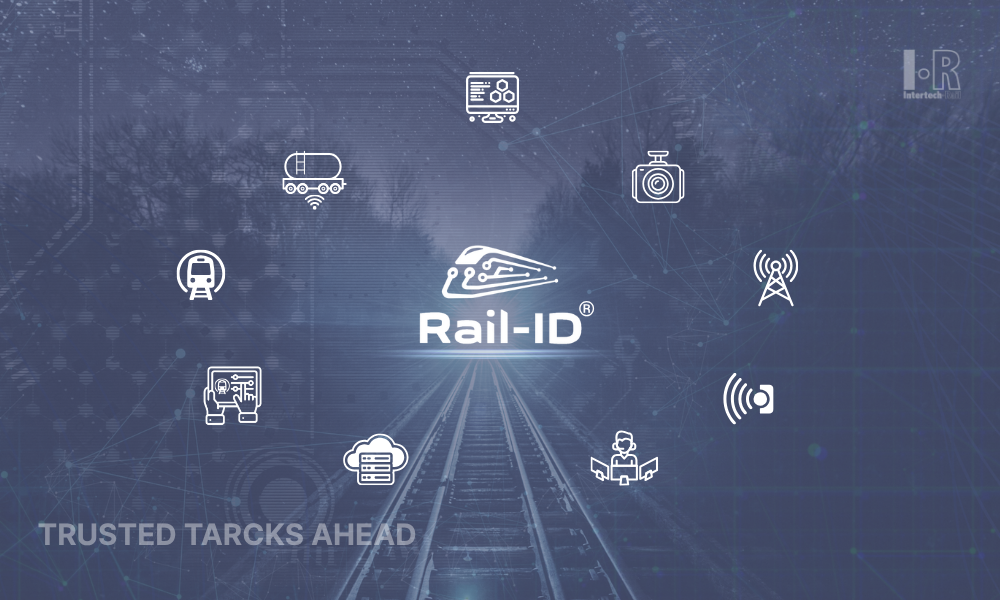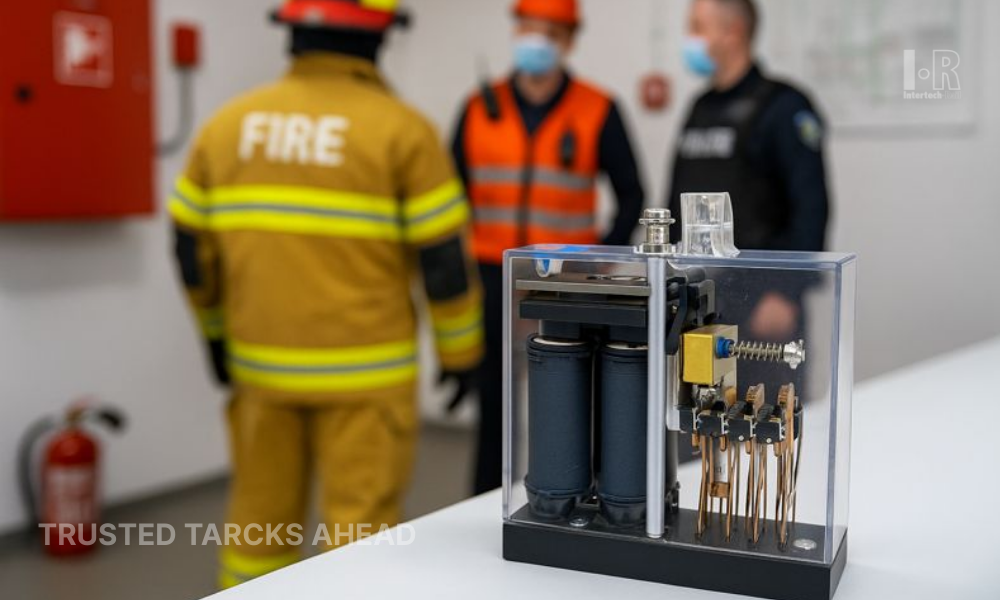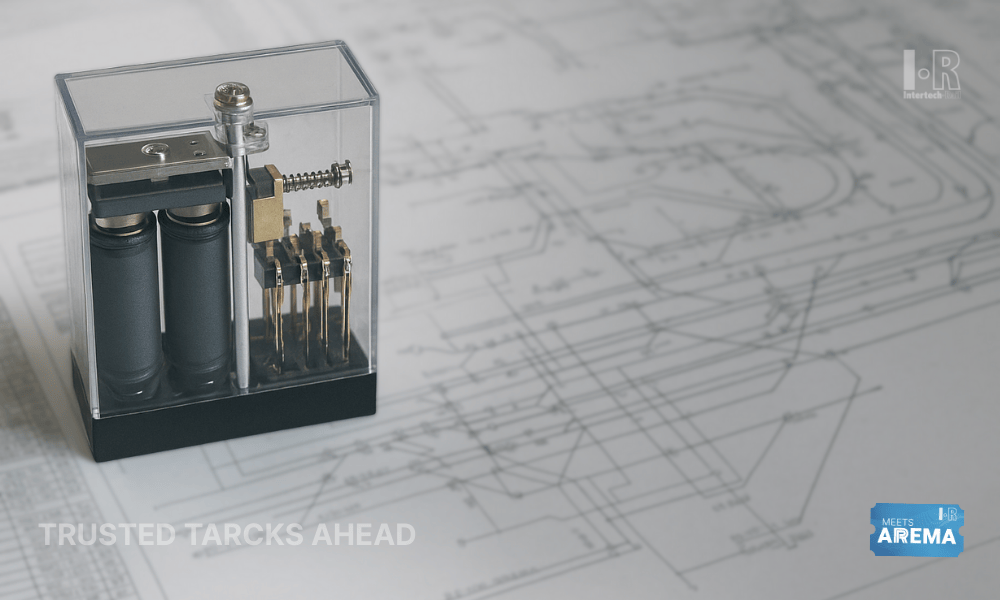The Power Behind RAIL-ID®
The Power Behind RAIL-ID®

Automation, speed, and accuracy are not only desirable qualities in RFID-based rail tracking — they are essential. That’s where the RAIL-ID® Server comes in. This robust platform, developed by Intertech Rail, connects multiple RFID field devices and transforms raw train movement data into actionable insights, serving as the central intelligence of a railway asset tracking system.
What is the RAIL-ID® Server?
The RAIL-ID® Server is a centralized software solution designed to collect, process, and distribute RFID train tracking and composition data. It integrates seamlessly with wayside identification gateways, reading RFID tags, vision-based wagon identifiers, and connected sensor inputs to deliver a full real-time picture of your rail asset activity.
Whether you operate a national rail network, an intermodal terminal, or a rail yard, the RAIL-ID® Server functions as the secure backend hub that unifies all this RFID railway data. It is purpose-built to work with Intertech Rail’s AEI (Automatic Equipment Identification) systems — including remote terminal units, digital axle counters, and rugged camera systems — all connected via Ethernet, Wi-Fi, fiber optics, or GSM.
Core Features and Capabilities of RAIL-ID®
What makes the RAIL-ID® Server stand out isn’t just its technology — it’s how that technology enhances railway RFID asset tracking in the field. Key features include:
Automatic Train Composition Building ( TRAIN CONSIST )
Using axle counters and advanced pattern recognition, the system can auto-generate train compositions even in the absence of RFID tag data .
Data Integration via API
All collected RFID tracking data can be easily integrated into dispatch or ERP platforms through robust API connections.
Modular Service Tiers
Choose the level of service based on your operational needs — from essential RFID train reporting to full enterprise-grade asset management:
- RAIL-ID® Basic – Free version offering essential train movement reports.
- RAIL-ID® Advanced – Adds ongoing support, software updates, and API access.
- RAIL-ID® Enterprise – Includes dedicated servers, dynamic scale integration, hotbox detectors, and optional dispatch modules.
Cloud or On-Prem Deployment
Flexible hosting models allow you to deploy the system in the cloud or on-site, depending on your IT and rail infrastructure requirements.
Why the RAIL-ID® Server Matters for RFID Train Operations
Relying on disconnected systems or manual data entry leads to inefficiencies and errors in rail asset tracking. The RAIL-ID® Server changes that — delivering real-time monitoring, automated alerts, and a unified platform for all RFID rail data.
In addition to improving operations, it offers strategic visibility. With accurate, real-time location and status data for all rolling stock , operators can optimize scheduling, maintenance, and overall rail logistics performance.
RAIL-ID® and the Future of RFID Rail Technology
The RAIL-ID® Server is more than just software — it’s the foundation of a modern RFID train tracking system. By combining intelligent data processing with rugged field integration, it empowers railway operators to move faster, safer, and smarter.
For anyone serious about transforming their operations through RFID technology in railways, the RAIL-ID® Server is the logical place to begin.




